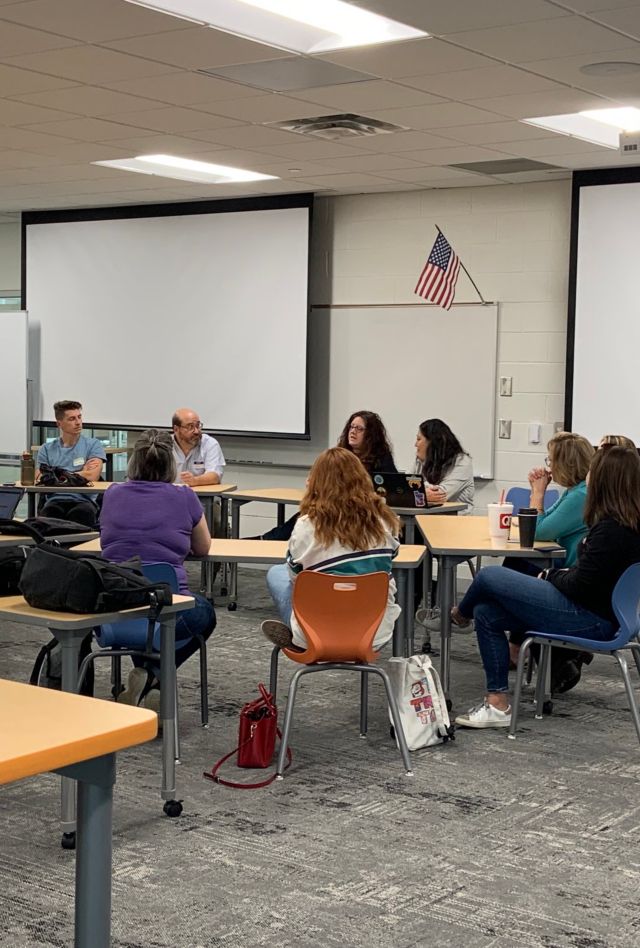Fulton County STEM Schools Study

Problem
Integrating career and technical education and college prep at STEM schools.
Fulton County Schools opened two new science, technology, engineering, and math (STEM) high schools in the fall of 2021. The schools had a unique mission: to combine rigorous STEM coursework with hands-on career, technical, and agricultural courses (CTAE) so that students graduated college- and career-ready. The schools include a curriculum centered on design learning principles developed in partnership with Georgia Institute of Technology's Center for Education Integrating Science, Mathematics, and Computing (CEISMC). The schools are holistic, with STEM infused into courses, mentoring, advising, counseling, and career experiences. In the schools' first year, the school district wanted to learn how implementation was occurring—both successes and pain points—to enable cross-institution collaboration and support implementation in the future.
Solution
NORC studied the schools’ implementation of STEM principles.
Fulton County Schools contracted NORC at the University of Chicago to document how these schools integrate STEM principles across the curriculum. To be responsive to the district's needs and work within its budget, NORC developed a research approach that included six focus groups with school leadership, science and CTAE teachers, 9th- and 10th-grade students, and parents at each STEM high school. The district recruited participants and scheduled the focus groups. NORC provided secure videoconference links and developed focus group protocols that inquired into various aspects of the implementation, including design thinking, CTAE, and the CEISMC curriculum.
Result
Study findings are informing program improvements.
Study results show that many of the issues raised within the school seemed more about new schools finding their way than the CEISMC curriculum per se. The additional interdisciplinary curriculum added another layer of complexity, one that leadership tried to shield from their already busy teachers. While this practice likely helped keep teachers focused on teaching their classes, not communicating the details of the CEISMC curriculum may have unintentionally blurred its aims, intentions, and tasks. Takeaways from our conversations with leadership, faculty, parents, and students suggest better ways to implement the CSEIMC curriculum and attend to other aspects of the schools’ missions. They include:
- Implementation of the CEISMC curriculum is underway in both schools. Its footprint has been reduced as staff members prioritize their course curricula and the schools consider additional approaches to implementation.
- Design thinking, a cornerstone of the CEISMC curriculum, seemed to be implemented more readily across the schools than the curriculum itself. To most, design thinking and the CEISMC curriculum were the same.
- Implementing the necessary infrastructure before the start of school posed some challenges. Staff members noted that the single week before the year began limited the faculty’s ability to coalesce, develop a school culture, and learn the additional CEISMC curriculum before welcoming students.
- There were technology and tools that staff expected would be available. However, the staff faced challenges receiving such software or other technology from the district.
- The new buildings and their amenities mattered. Students and parents appreciated their beauty, natural light, and collaborative spaces. There was puzzlement, however, about the presence of some technologies when students were not yet engaging with them.
Related Tags
Project Leads
-
Jennifer Hamilton
Senior Vice PresidentSenior Staff







